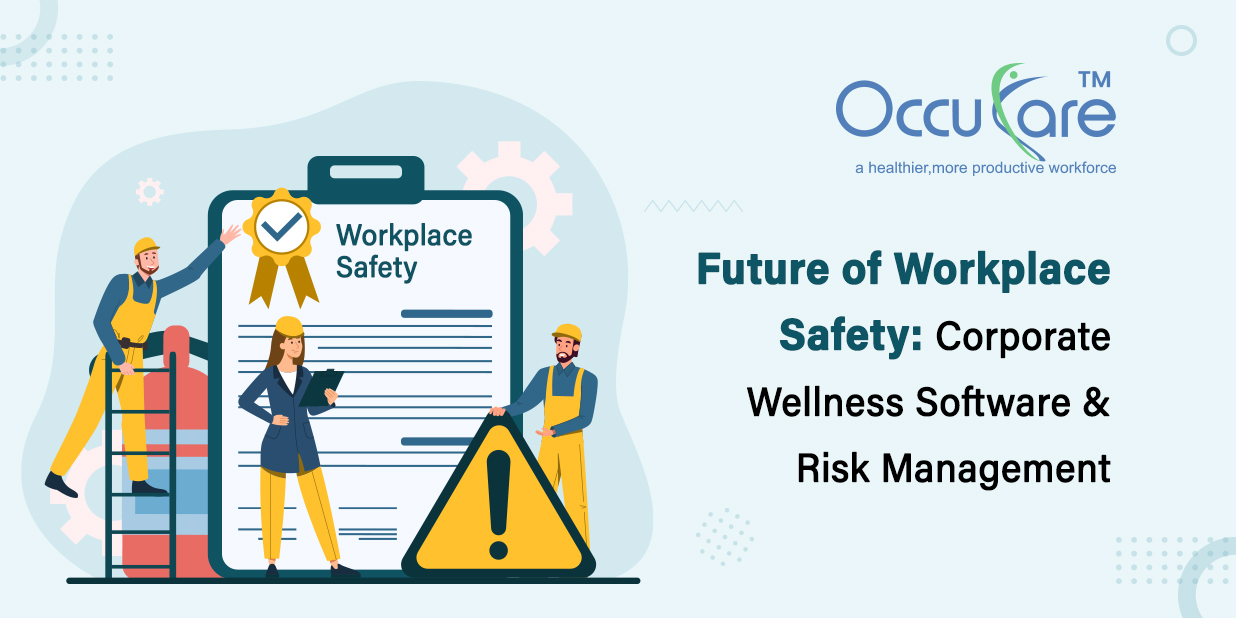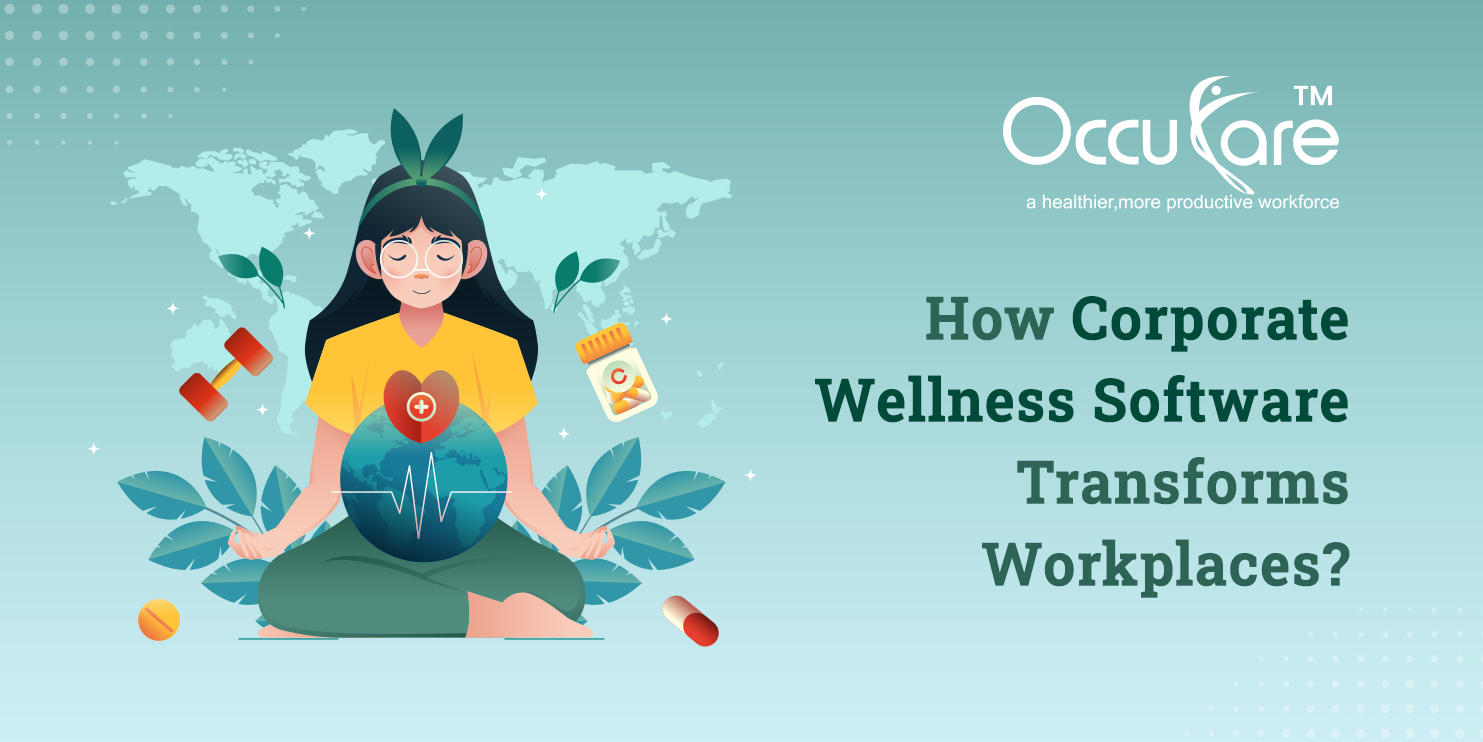In today’s ever-changing and highly competitive business environment, the concept of workplace safety has transcended the conventional boundaries of physical gear, hazard warnings, and protective equipment. While these tangible safety measures remain essential, there is an increasing awareness that genuine workplace safety encompasses the overall well-being of employees.
Corporate wellness software emerges as a pivotal tool in advancing workplace safety by addressing diverse facets of employee health and overall welfare.
13 Benefits of Corporate Wellness Software for Workplace Safety
Below, we explore the advantages of incorporating corporate wellness software as a means to enhance workplace safety.
1. Health Monitoring:
Wellness software often includes features like health assessments and monitoring tools that help employees track their health metrics. Early detection of health issues can lead to preventive measures, reducing the risk of workplace accidents.
2. Stress Reduction:
Many wellness programs offer stress management resources, including meditation and relaxation techniques. Reducing stress can improve employee focus and decision-making, which is crucial for maintaining a safe work environment.
3. Physical Fitness:
Promoting physical fitness through wellness software encourages employees to stay active. Fit employees are generally less prone to injuries and more capable of handling physically demanding tasks safely.
4. Nutrition Education:
Proper nutrition is essential for overall health and well-being. Wellness software often provides access to nutritional information and tools that can help employees make healthy food choices, leading to better physical and mental health.
5. Sleep Tracking:
Lack of sleep can impair cognitive function and increase the risk of accidents. Some wellness programs include sleep tracking features to help employees improve their sleep quality and duration.
6. Mental Health Support:
Workplace wellness software can offer resources for mental health, including access to counselling services or stress management programs. Addressing mental health issues can reduce the risk of accidents caused by impaired mental states.
7. Ergonomics Training:
Ergonomic assessments and training modules can be part of corporate wellness software. Proper ergonomics can prevent musculoskeletal injuries and discomfort.
8. Behavioral Incentives:
Many wellness programs offer incentives for employees who meet certain health and fitness goals. These incentives can motivate employees to adopt safer behaviors and maintain a healthier lifestyle.
9. Data Analytics:
Corporate wellness software can provide valuable data and insights into employee health trends. This data can be used to identify potential safety risks and implement targeted interventions.
10. Improved Employee Engagement:
Wellness programs can boost employee morale and engagement by showing that the organization cares about their well-being. Engaged employees are often more attentive to safety protocols and more likely to report safety concerns.
11. Reduced Absenteeism:
When employees are healthier and less stressed, they are less likely to take sick days. This can help maintain consistent staffing levels and reduce the risk of accidents due to understaffing or employees working while unwell.
12. Compliance Management:
Some wellness software includes features for managing regulatory compliance related to workplace safety and health. This ensures that the organization meets legal requirements and avoids potential penalties.
13. Customization:
Wellness software can be tailored to meet the specific needs and risks of different industries and workplaces, making it a flexible tool for enhancing safety measures.
Integrating corporate wellness software into a workplace safety initiative can significantly enhance the overall well-being, safety, and productivity of the workforce. However, a thoughtful implementation, combined with comprehensive safety policies and procedures, is essential to maximize the benefits.
As we delve into the topic of workplace safety and the pivotal role of employee well-being, a fundamental truth emerges: creating a safer and more prosperous workplace is not solely achieved through tangible safety measures and regulatory compliance. Instead, it is deeply intertwined with the holistic welfare of the workforce.
We’ve come to recognize that workplace safety goes beyond physical safeguards; it extends into the realms of mental, emotional, and social health. The organizations that recognize this holistic view are not only complying with regulations but are actively investing in the future. They are sowing the seeds of a workplace where employees are not just safe from physical hazards but are nurtured and empowered to flourish.





